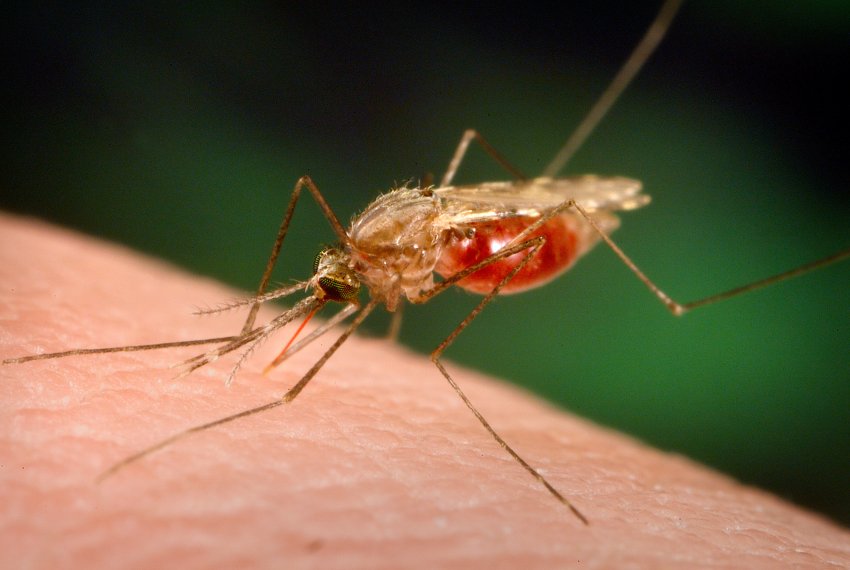- Blog
- Sustainable Economic Systems
- Genetically engineered mosquito buzz continues
Genetically engineered mosquito buzz continues

Donate Now!
Your contribution will benefit Friends of the Earth.
Stay Informed
Thanks for your interest in Friends of the Earth. You can find information about us and get in touch the following ways:
While the possible release of genetically engineered mosquitoes in the Florida Keys has been delayed until late spring, the debate around the possible benefits and risks these insects pose to the environment and human health continue to heat up. Even scientists who are supportive of genetically engineered insects are raising concerns around transparency and human health impacts.
In a new article published in PLoS Neglected Tropical Diseases titled “Scientific Standards and the Regulation of Genetically Modified Insects,” Dr. Guy Reeves of the Max Planck Institute for Evolutionary Biology and his co-authors raise new concerns that the process leading up to now to release genetically engineered mosquitoes has not been transparent. Much of the data one would like to see when assessing the risks of released these mosquitoes, Dr. Reeves claims, is kept secret as Confidential Business Information. “Companies shouldn’t keep scientifically important facts secret where human health and environmental safety are concerned,” he said. “Without the pre-release publication of complete risk assessment documents, detailing all the potential hazards analyzed,” Dr. Reeves explains, “it is often impossible to establish which have been considered (and by whom) and if any obvious hazards have been overlooked for rigorous consideration.”
One such concern that may not be properly studied without access to data or peer-reviewed studies is the human health risks posed by genetically engineered mosquitoes. It is true that only female mosquitoes bite humans and Oxitec plans to only release male genetically engineered mosquitoes. But as the New York Times explained in October, up to 0.5 percent of the mosquitoes released into the wild could be female. This may seem small but is a significant number since millions of mosquitoes would need to be released every month or so. On top of limiting the effectiveness of Oxitec’s technology — since biting genetically engineered females can still spread diseases such as dengue fever — this also raises concerns around human health impacts, according to Dr. Reeves.
As described in our first blog post on these mosquitoes back in December, Oxitec has genetically engineered its mosquitoes to be dependent on the common antibiotic tetracycline; in the absence of tetracycline the mosquitoes’ offspring theoretically will die at an early age (although up to three percent can still survive normally and in the presence of tetracycline survival rates have jumped as high a 15 percent in one lab experiment). This dependence on tetracycline is created by the mosquitoes expressing the synthetic protein called tTA at very high levels throughout its life.
An article published today in Der Spiegel — a widely-distributed German news magazine — explains: “The problem is that genetically-modified female mosquitoes can still bite humans. This means the protein which kills their own larvae might be injected into humans when the mosquitoes suck their prey’s blood, with unknown consequences for the human organism.”
Dr. Luke Alphey of Oxitec responded to this claim by saying the protein is not found in the salivary glands of its mosquitoes so it cannot passed onto humans. The article pushes back by saying the public “[has] to take him at his word that the larva-killing protein definitely can’t be injected into the human blood stream. Unfortunately, like so much else, he can offer not peer-reviewed scientific proof.”
Before genetically engineered mosquitoes are released into the wild in the Florida Keys proper risk assessments should be conducted and proper laws and regulations should be on the books to ensure the trial is done right. Peer-reviewed data on the possible risks should be available not only to regulators but also to the public and local experts on mosquitoes, the local ecology, and on the spread of disease. Only after the risks have been properly assessed and regulations on the release of genetically engineered mosquitoes have been openly debated and decided upon should the experiment in the Keys even be considered.
“While it may appear naïve to argue for pre-release access to accurate scientific information and a high quality multi-disciplinary approach,” Dr. Reeves concludes, “it is in [his] opinion even more naïve to expect that the development of [GE] insect technologies will progress far in its absence.”
